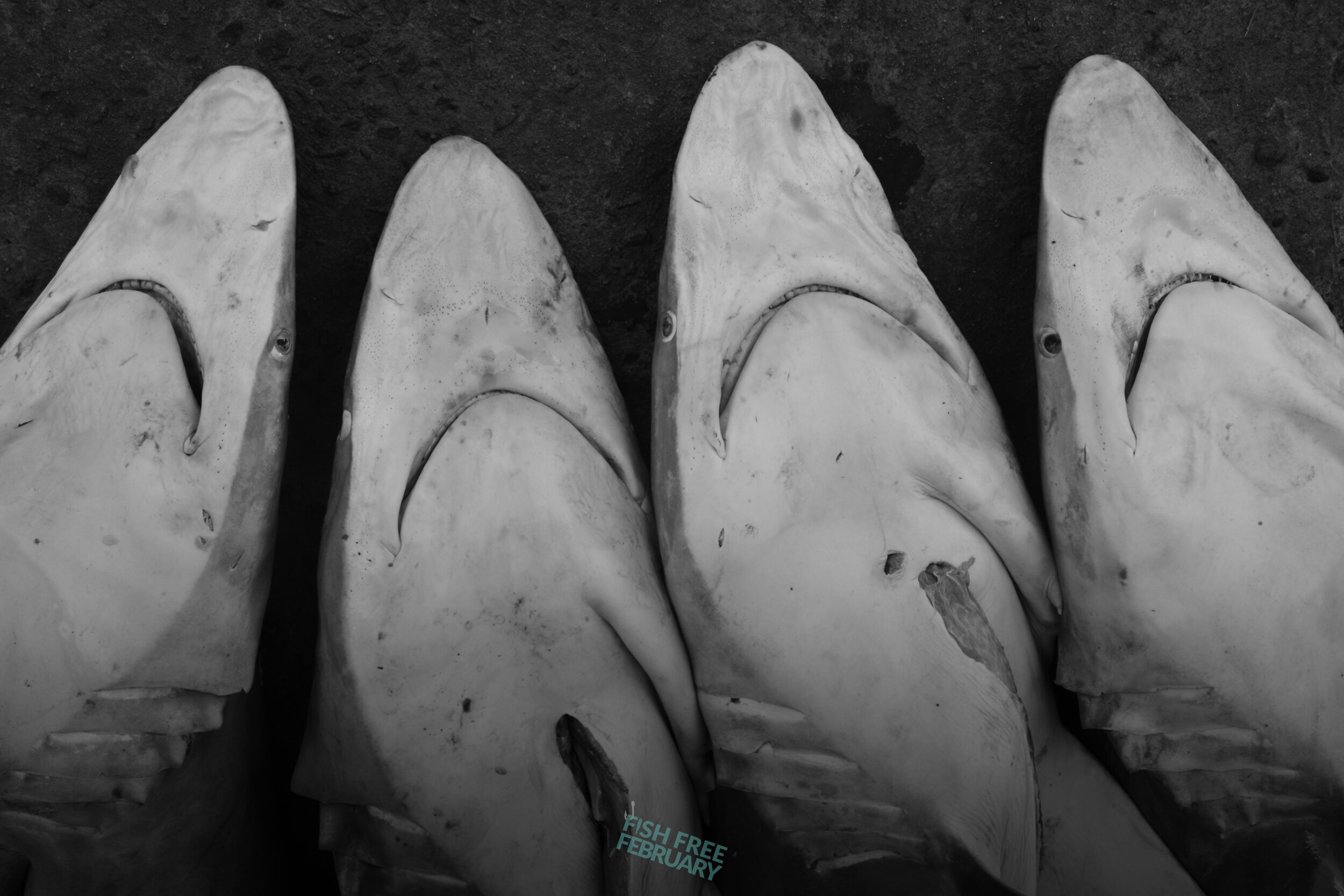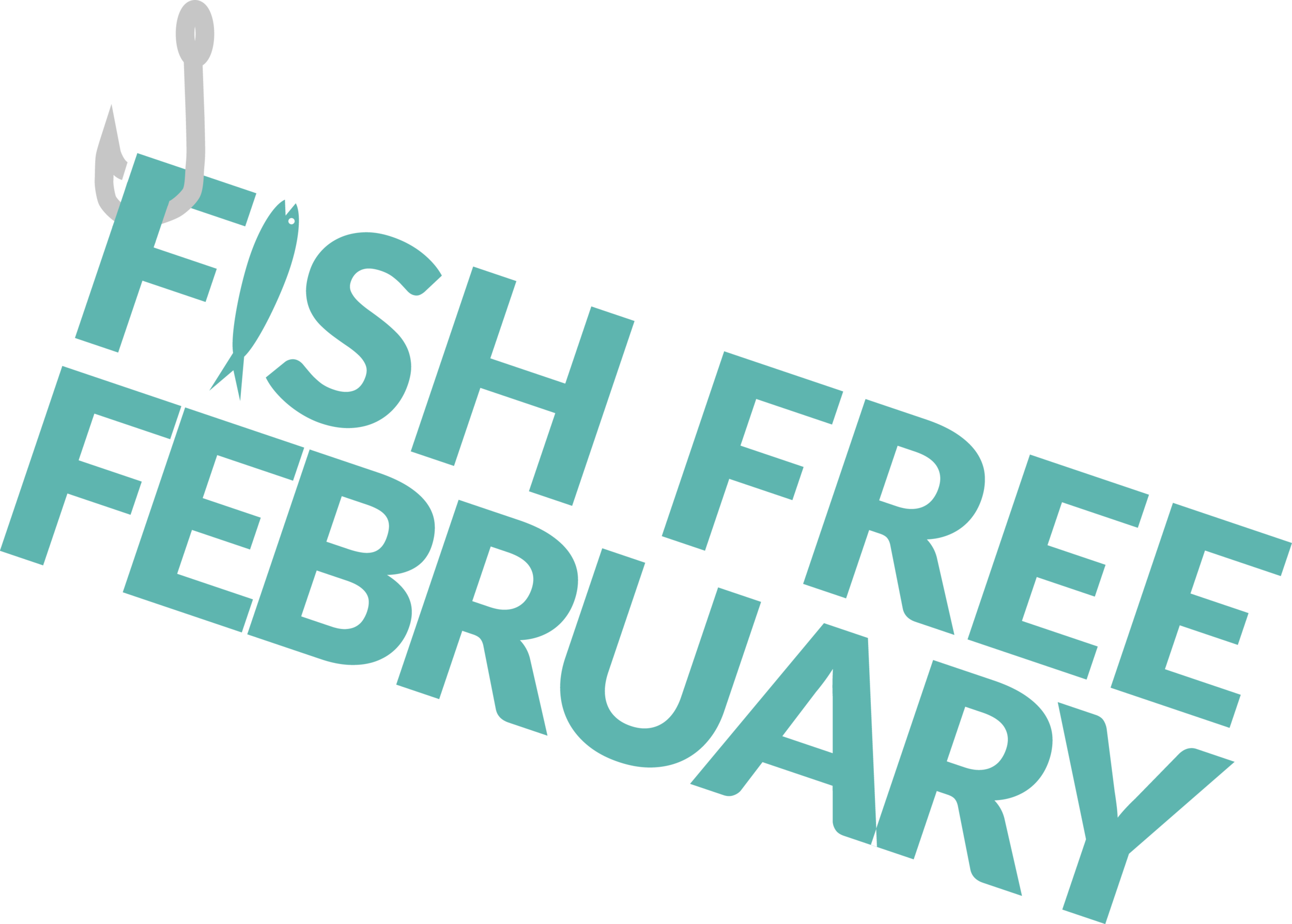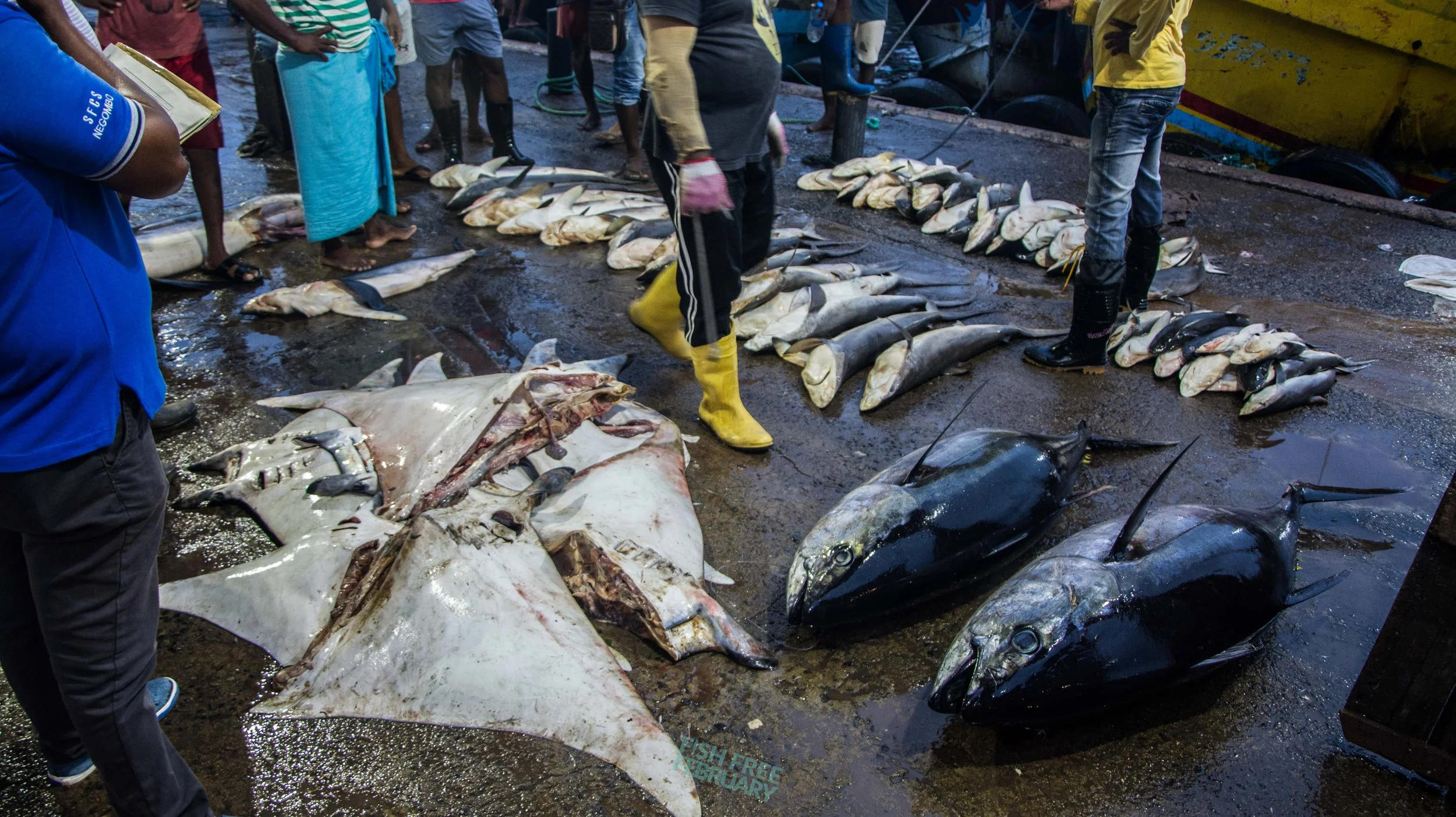
Overview
Bycatch is the term used for animals that are caught unintentionally in a fishery. This can include fish species that weren’t the intended catch, but also larger marine animals such as sharks, manta rays, dolphins, turtles, and seabirds. Globally, it’s estimated that around 10% of all fish caught each year is discarded at sea. Bycatch has become a major threat to many marine species, some of which are now at risk of extinction due to high levels of accidental capture in commercial fisheries.
Definitions
Target Species - The species fishers aim to catch for commercial sale.
Non-Target Species - Species caught incidentally during fishing operations that were not the intended catch.
Bycatch - Animals caught unintentionally in a fishery.
Discard - Catch that is thrown back into the ocean, usually dead or dying, because it has no commercial value or cannot legally be kept.
Deep Dive
Most fishing methods are not very selective. Even if a fishery is targeting one specific species, the gear often captures many other animals. Bycatch may be of the wrong species, the wrong sex, or juvenile individuals that are too small to be sold. Sometimes these animals are kept and sold if they have value, but often they are discarded back into the sea—usually dead or dying.
Bycatch affects thousands of species across all oceans, from tiny corals to giant whales.
Sharks are especially vulnerable. In tuna and billfish fisheries that use longlines, sharks are frequently caught on hundreds of kilometers of baited hooks. It doesn’t matter what protective status a shark has, it will still be interested in bait on the end of a hook. Many are never reported, but it’s estimated that tens of millions of sharks are killed as bycatch each year. Since 1970, the global population of oceanic sharks and rays has dropped by 71%, largely due to bycatch and overfishing. These incredible survivors have lived through five mass extinctions, yet now their future hangs in the balance as shark populations around the world are being wiped out by overfishing.
Sea turtles are also heavily impacted, with hundreds of thousands dying in fishing nets and on longlines every year. Because they must surface to breathe, entanglement often leads to drowning. Six out of the seven sea turtle species are now listed as Vulnerable to Critically Endangered on the IUCN Red List, due in part to bycatch in fisheries.
Whales, dolphins, and porpoises (collectively known as cetaceans) are frequent victims. Every year, hundreds of thousands die after becoming entangled in nets. Many suffer severe injuries while trying to escape, and even those that break free often carry ropes that cut into their flesh, causing long, painful deaths from infection or starvation.
Which fishing methods have the most bycatch?
Levels of bycatch vary massively between different fishing methods, with trawl, longline and gillnet fisheries considered some of the worst offenders.
Trawling – Nets are dragged behind boats, either in mid-water or along the seabed. These massive “walls of death” catch almost everything in their path. Industrial supertrawlers can stay at sea for weeks, freezing and packaging fish onboard, while destroying habitats and capturing countless unintended species. As reported by Greenpeace, the largest of these supertrawlers are over 140m metres in length and have nets up to a mile long.
Longlining – Lines stretching up to 45 km are set with thousands of baited hooks to catch tuna, swordfish, or halibut. These lines also catch seabirds, turtles, and sharks. The average U.S. longline set is 28 miles (45 km) long with thousands of hooks, meaning every night enough longline is deployed to wrap around the world 500 times. Globally, longline and trawl fisheries kill more than 300,000 seabirds every year.
Gillnets – Vertical nets designed so that fish get stuck by their gills. They are particularly deadly because they also trap sharks, dolphins, and turtles. Gillnets are estimated to kill at least 400,000 seabirds annually.
What other things influence the amount of bycatch?
Consumers favouring a small number of species. High-grading is described by the FAO as the discarding of a portion of a vessel’s legal catch that could have been sold to have a higher or larger grade of fish that bring higher prices. Consumers frequently opt for the same few popular species such as tuna, salmon, cod, and shrimp, putting great pressure on their populations and encouraging discard.
Poor fisheries management. Lack of enforcement or political will means that devices or gear designed to reduce bycatch are not used as often as they should be. Small-scale and artisanal fisheries are increasingly recognized as having an equal or greater impact on marine resources than larger-scale industrial fisheries; effective enforcement of regulations for these fisheries is challenging and they are frequently unmonitored and unregulated. A recent study found that the total annual captures of manta and devil rays by the Sri Lankan artisanal fishing fleet exceeds the estimated annual captures of mobulids in all global, industrial purse seine fisheries combined.
Hope
While the problem is serious, there are solutions and reasons for hope:
Selective fishing methods such as pole-and-line and spearfishing have very low levels of bycatch. (Though even spearfishing must be managed carefully to avoid targeting too many breeding females or endangered species)
Innovative gear like Turtle Excluder Devices (TEDs) for shrimp trawlers have significantly decreased sea turtle bycatch in some regions. The leader lines of longline fishing fleets have been changed from wire to monofilament to reduce the bycatch of sharks. Using bird-scaring lines, dyed bait, setting lines at night or with weights, all help reduce the bycatch of seabirds by longline fishing.
Fisheries Improvement Projects (FIPs) bring together fishers, governments, and conservation groups to find practical solutions.
International cooperation through agreements like the Agreement on the Conservation of Albatrosses and Petrels (ACAP) is helping countries tackle illegal, unreported, and unregulated (IUU) fishing, which can contribute to bycatch.
Initiatives
The International Pole and Line Foundation - set up to support small-scale, low-impact tuna fisheries that use one-by-one methods, which virtually eliminate bycatch of non-target species.
FAO’s Bycatch Management and Mitigation initiatives and regional fishery management organization (RFMO) programs, focus on developing gear modifications, observer schemes, and policies to reduce unintended catch and improve sustainability in large-scale fisheries.

